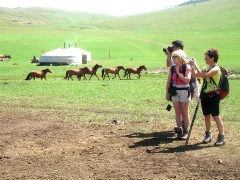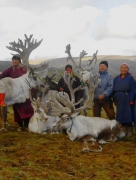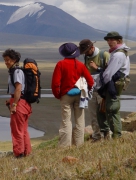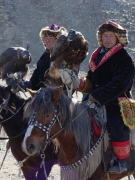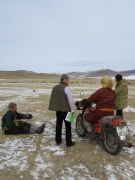Art and Culture
Set departure tours!
book now!
The Mongolian art is the result of a rich cultural heritage: Hunnu, Juan-Juan, Kirghizde Ienissei, Turkic and Uighur, but it is also enriched by a synthesis of influences from India and Tibet, from which it has created its own style.
The oldest art of Mongolia is the art of the steppes in which animal are very present, it spreads from the Altai to China, passing through Lake Baikal. Nearly 80% of deer stones of the Bronze Age are on the Mongolian soil, we count about 500 pieces.
The Mongolian folk art does not develop painting as much as some other Central Asian peoples do. The secular and figurative paintings are not common. Moreover, farmers do not develop rich ornamentation of gher compared to the different embroidery made by the Kazakhs. The Mongolian folk art seems to crystallize in the master of the speech: the song and verse.


